A. Ross McCormack's Analysis: Immigration and Labor in Canada
VerifiedAdded on 2023/04/21
|6
|1094
|482
Homework Assignment
AI Summary
This assignment provides answers to reading questions based on A. Ross McCormack's work, "Wobblies and Blanketstiffs: The Constituency of the IWW in Western Canada." It delves into the life, work, and background of typical "blanketstiffs," who were often unskilled male immigrants seeking employment in Canada. The assignment includes a detailed chart outlining various ethnicities employed in Canada's resource industries and transportation infrastructure, along with factors that led to the decline in their employment. It further explores why unassimilated immigrants were preferred for unskilled labor, the distribution networks used to place these workers, and the exploitation they faced. The assignment also addresses the lack of government action against corrupt labor practices, the ethnic heterogeneity among workers, and the functional segregation and stratification in labor camps. Living and working conditions are described as hostile, leading some workers to flee exploitation. The annual cycle of a blanket-stiff is outlined, and the role and opposition faced by the Industrial Workers of the World (IWW), also known as Wobblies, are examined. The assignment concludes by highlighting the Wobblies' platform of unity among all workers and the challenges they faced from employers and authorities.
1 out of 6
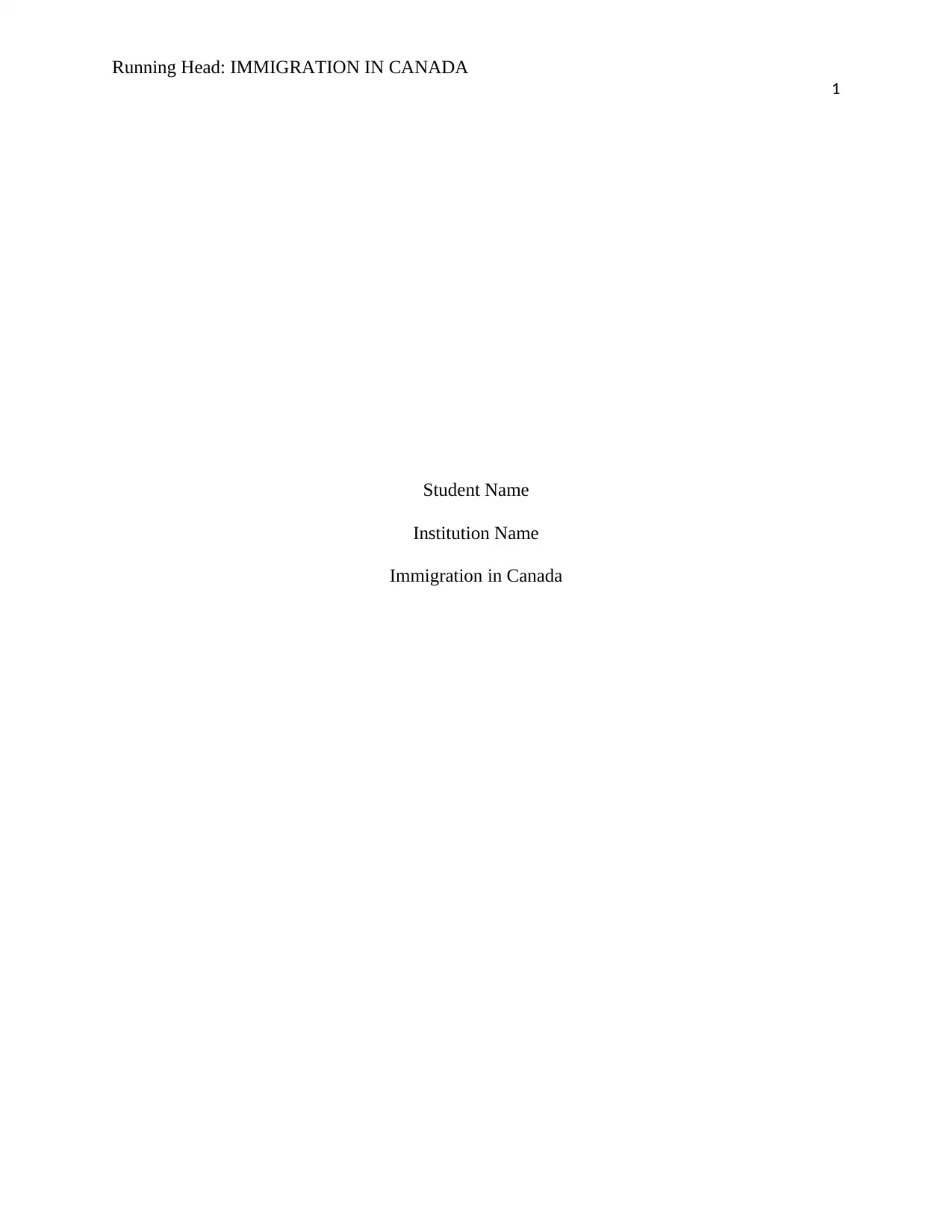
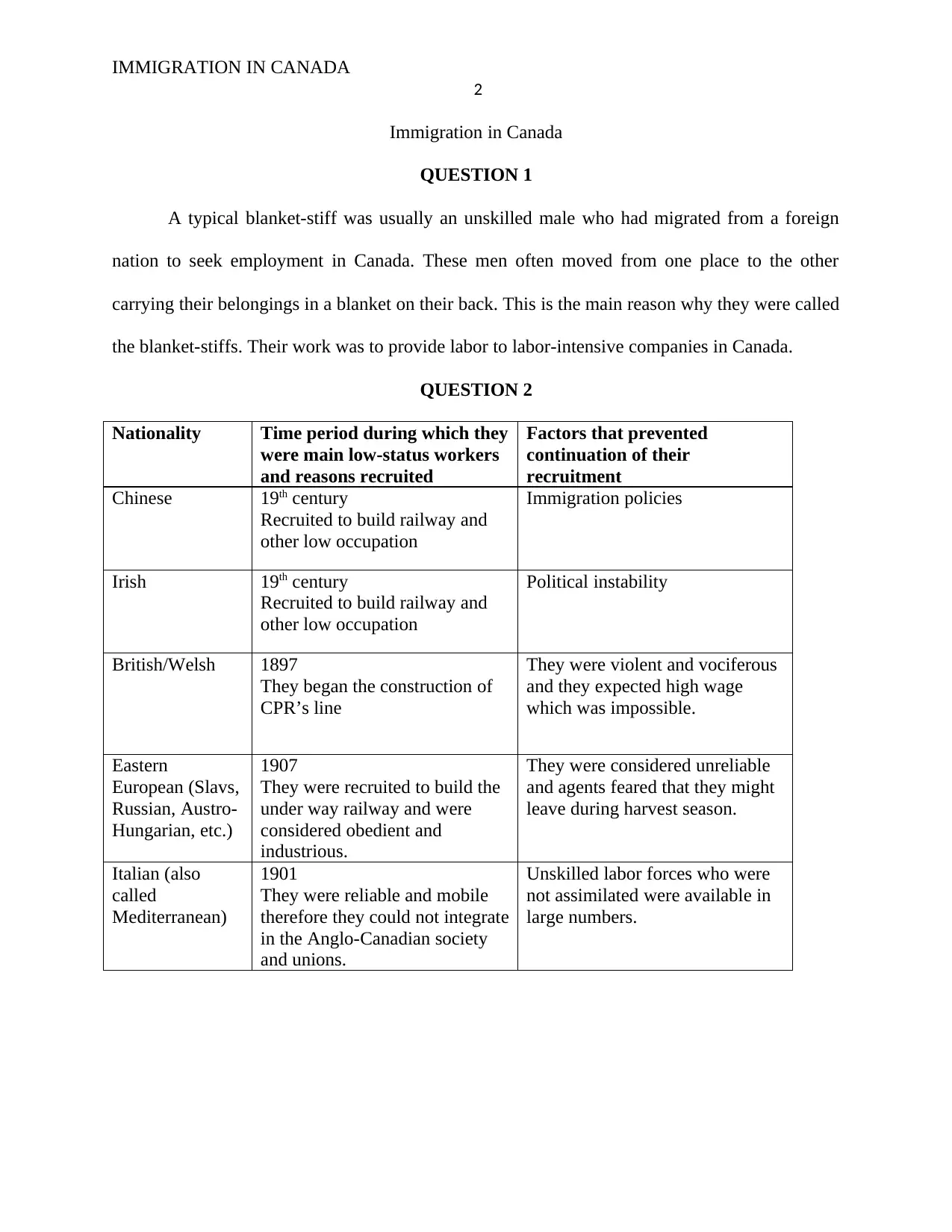
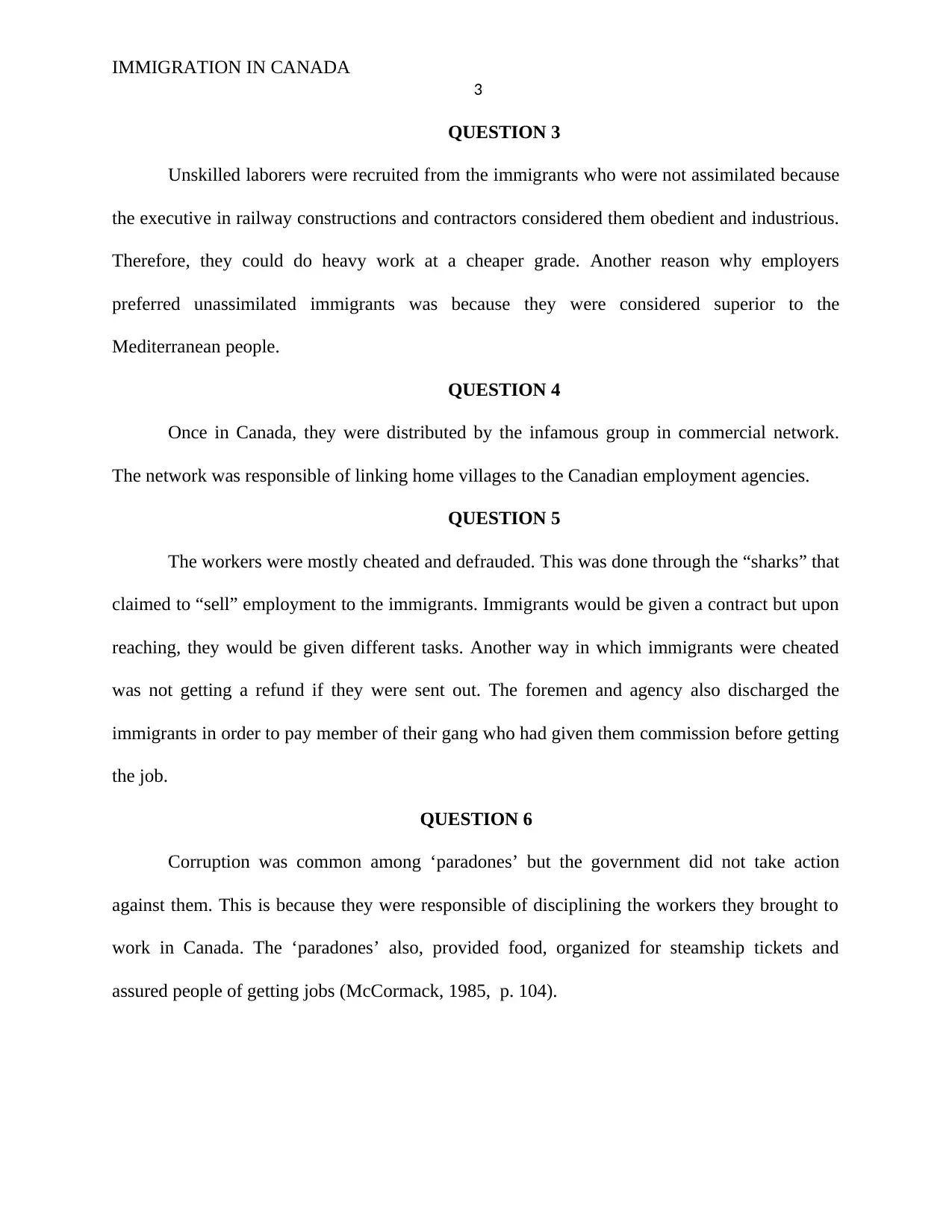

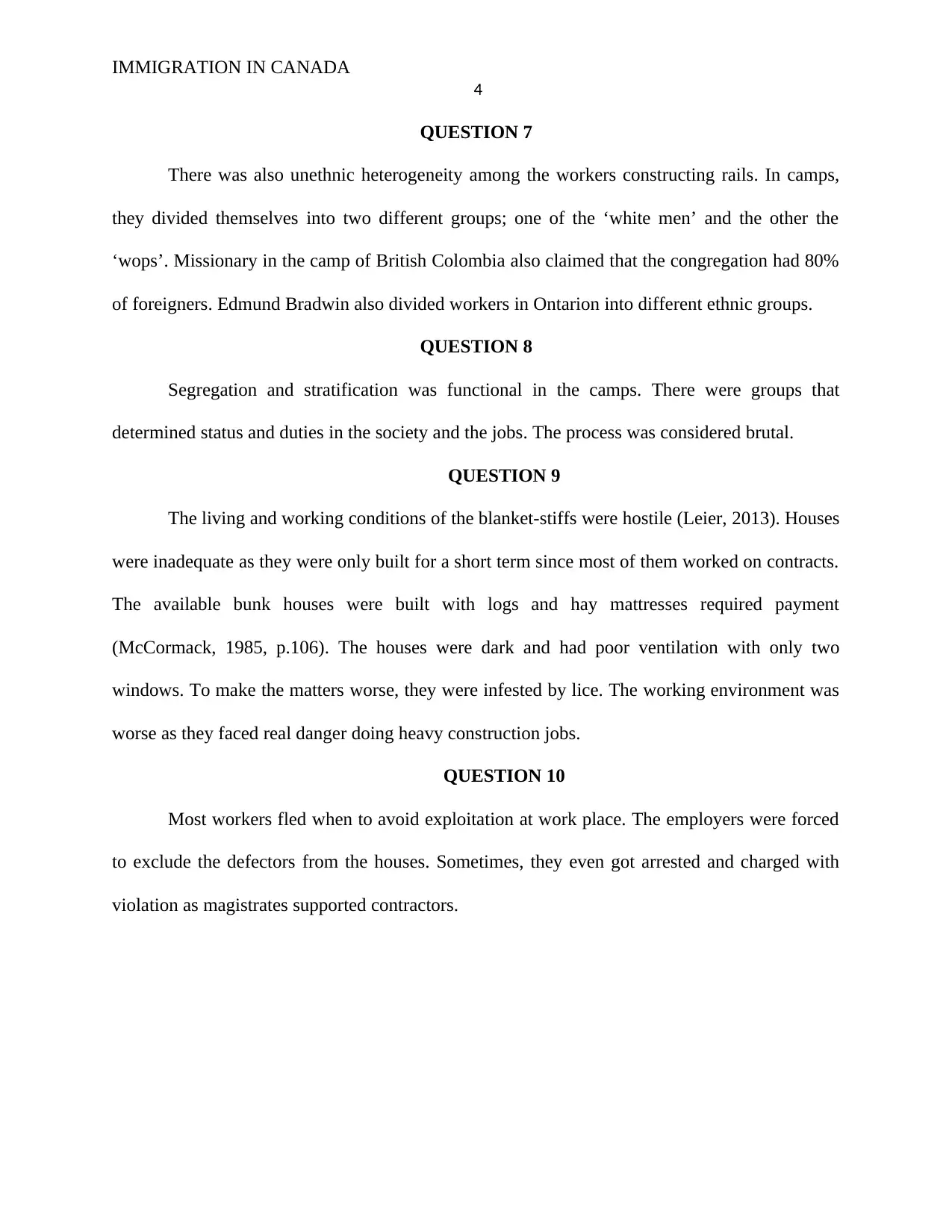
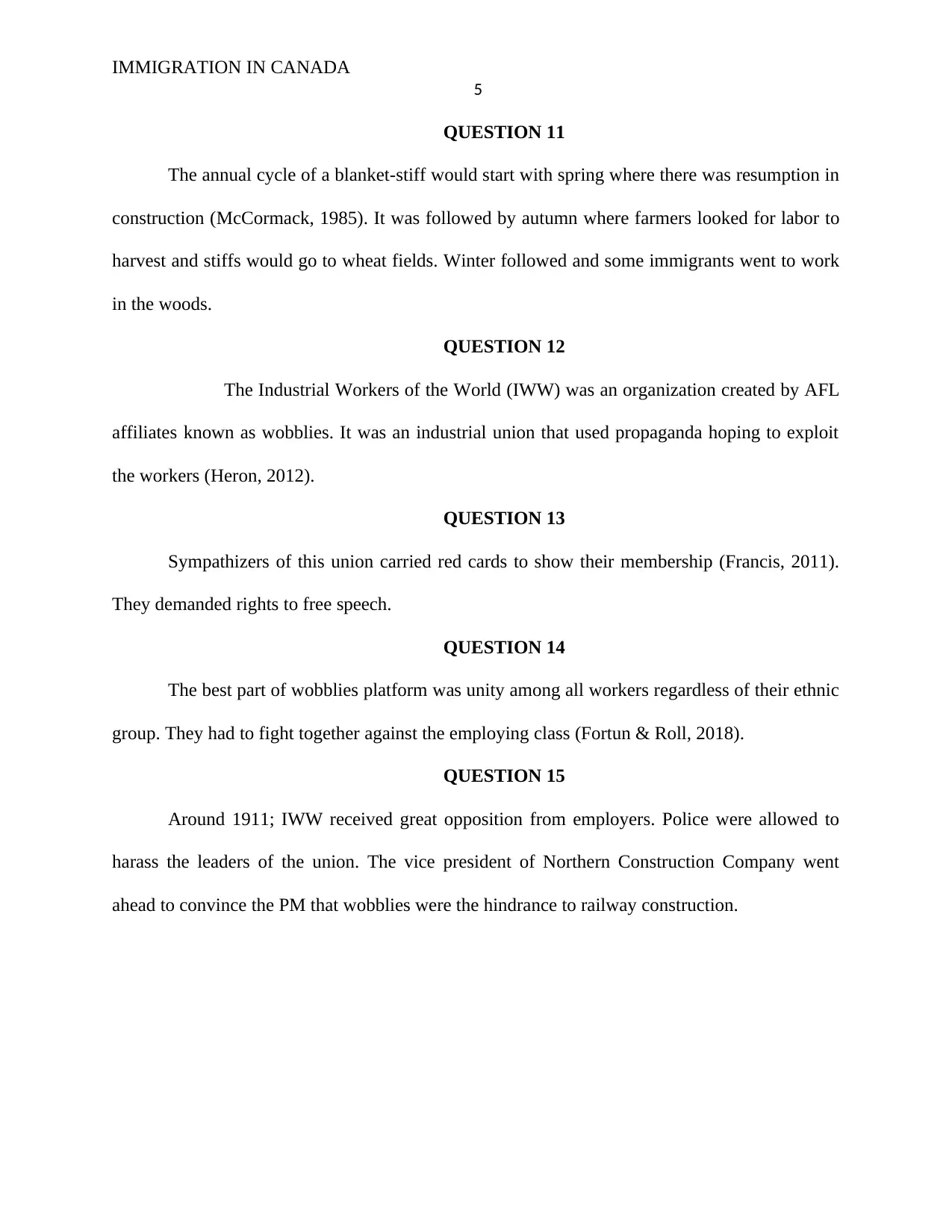
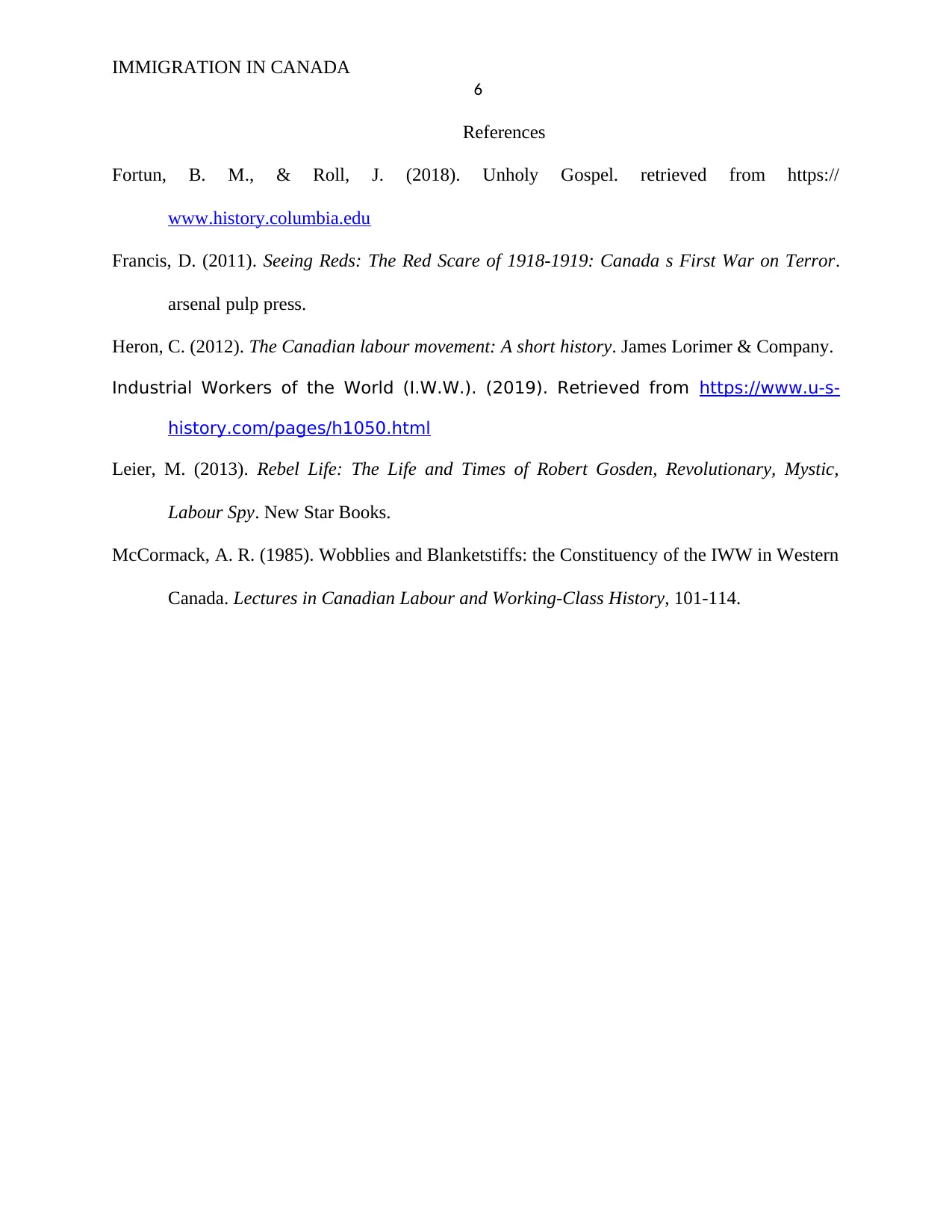

![[object Object]](/_next/static/media/star-bottom.7253800d.svg)